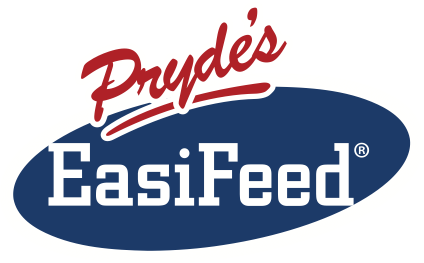Working horses are at increased risk of ulcers in the upper region of the stomach.
Feeding hay, preferably lucerne immediately after exercise puts a lot of saliva into the stomach to buffer and protect the upper stomach. Also hay will help to promote water intake and will provide calories and amino acids to help with muscle recovery post-exercise.
